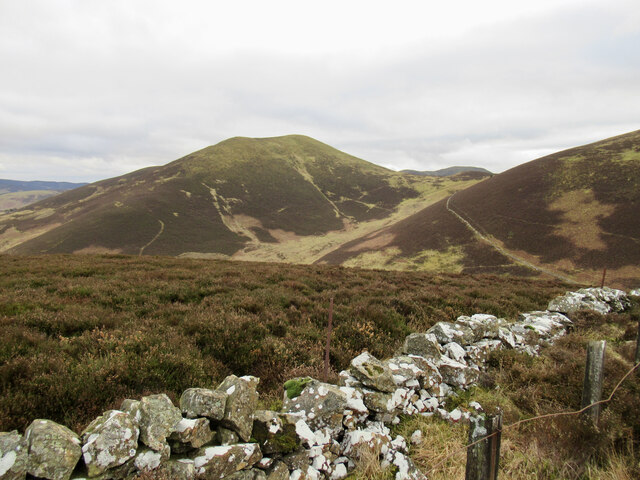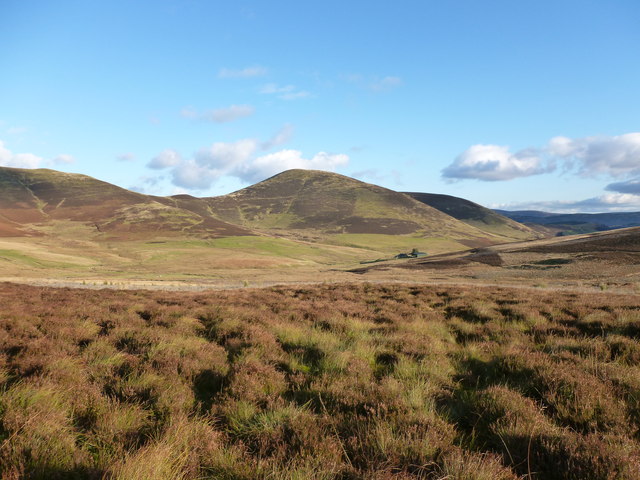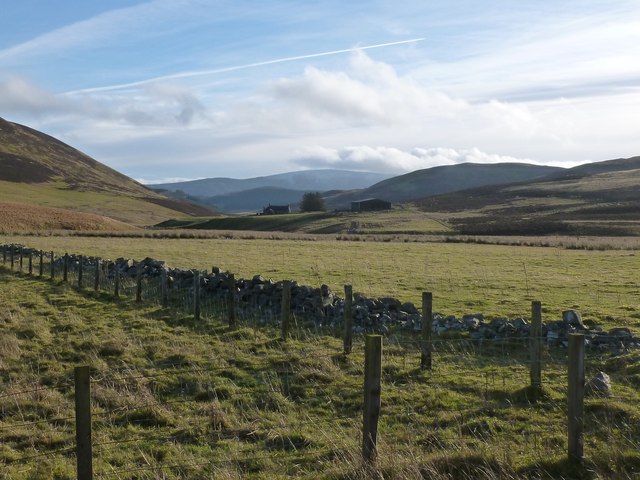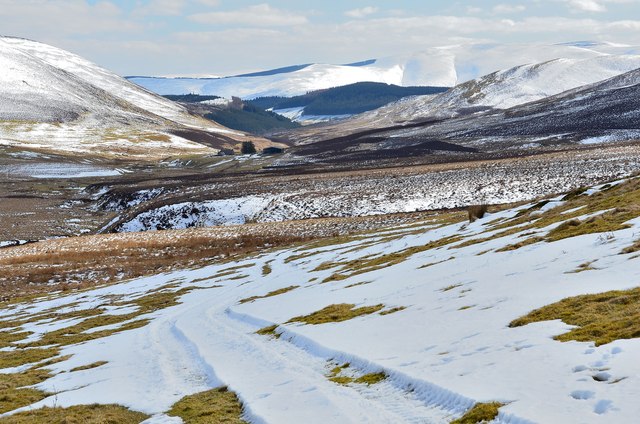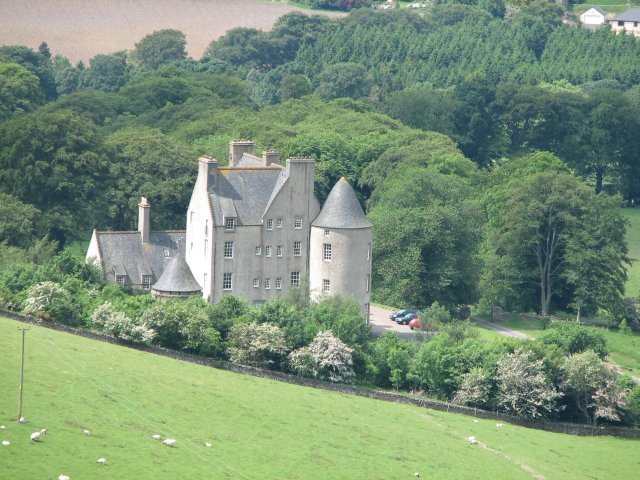Stobo Hope
Valley in Peeblesshire
Scotland
Stobo Hope
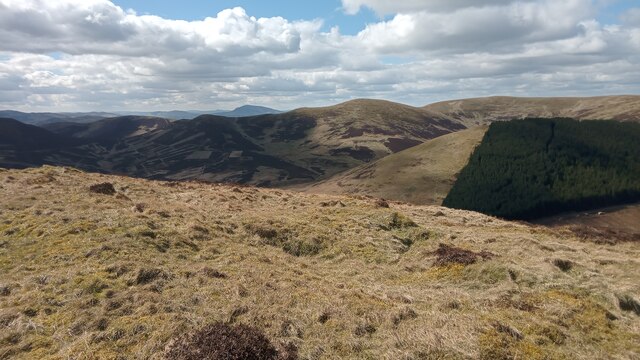
Stobo Hope is a picturesque valley located in Peeblesshire, Scotland. Nestled in the heart of the Scottish Borders, this tranquil and idyllic valley offers stunning natural beauty and a peaceful retreat for visitors.
Surrounded by rolling hills and lush greenery, Stobo Hope is known for its breathtaking landscapes and scenic views. The valley is characterized by its winding river, the Hope Water, which meanders through the heart of the valley, adding to its charm and serenity.
Stobo Hope is home to a variety of flora and fauna, making it a haven for nature enthusiasts. Visitors can expect to see an array of wildlife, including deer, otters, and a variety of bird species. The valley’s diverse ecosystem is carefully preserved, making it a popular destination for those seeking a peaceful escape and an opportunity to reconnect with nature.
Aside from its natural beauty, Stobo Hope also boasts a rich history. The area is dotted with ancient ruins and historical landmarks, such as Stobo Castle, which dates back to the 18th century. The castle’s grand architecture and stunning gardens provide a glimpse into the valley's past and offer a unique cultural experience for visitors.
Stobo Hope offers a range of outdoor activities for visitors to enjoy, including hiking, cycling, and fishing. Its tranquil atmosphere and breathtaking scenery make it an ideal location for those seeking relaxation or outdoor adventure.
In conclusion, Stobo Hope is a hidden gem in Peeblesshire, Scotland, offering visitors a peaceful retreat surrounded by natural beauty, rich history, and a range of outdoor activities.
If you have any feedback on the listing, please let us know in the comments section below.
Stobo Hope Images
Images are sourced within 2km of 55.645654/-3.36704 or Grid Reference NT1439. Thanks to Geograph Open Source API. All images are credited.

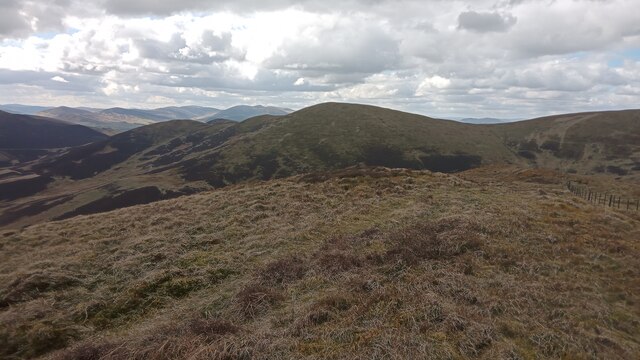
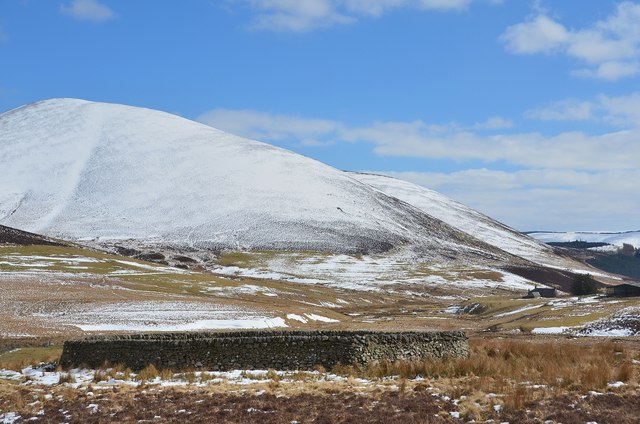
Stobo Hope is located at Grid Ref: NT1439 (Lat: 55.645654, Lng: -3.36704)
Unitary Authority: The Scottish Borders
Police Authority: The Lothians and Scottish Borders
What 3 Words
///victor.trailers.culling. Near Biggar, South Lanarkshire
Nearby Locations
Related Wikis
Broughton Place, Scottish Borders
Broughton Place is a historic house in the village of Broughton, Scottish Borders. It was designed by Basil Spence in the style of a 17th-century Scottish...
Tarth Water
The Tarth Water is a river in Peebleshire, in the Scottish Borders. It forms part of the River Tweed system. The river with a total length of 7.1 miles...
Dreva on Tweed
Dreva on Tweed (or simply Dreva) is a hamlet in the Scottish Borders. It was historically in Peebles-shire. It is noted for the historical presence of...
Drochil Castle
Drochil Castle is a ruined castle in the Scottish Borders. It is located above the Lyne Water, 10 kilometres (6.2 mi) north-west of Peebles, and 8 kilometres...
Nearby Amenities
Located within 500m of 55.645654,-3.36704Have you been to Stobo Hope?
Leave your review of Stobo Hope below (or comments, questions and feedback).
